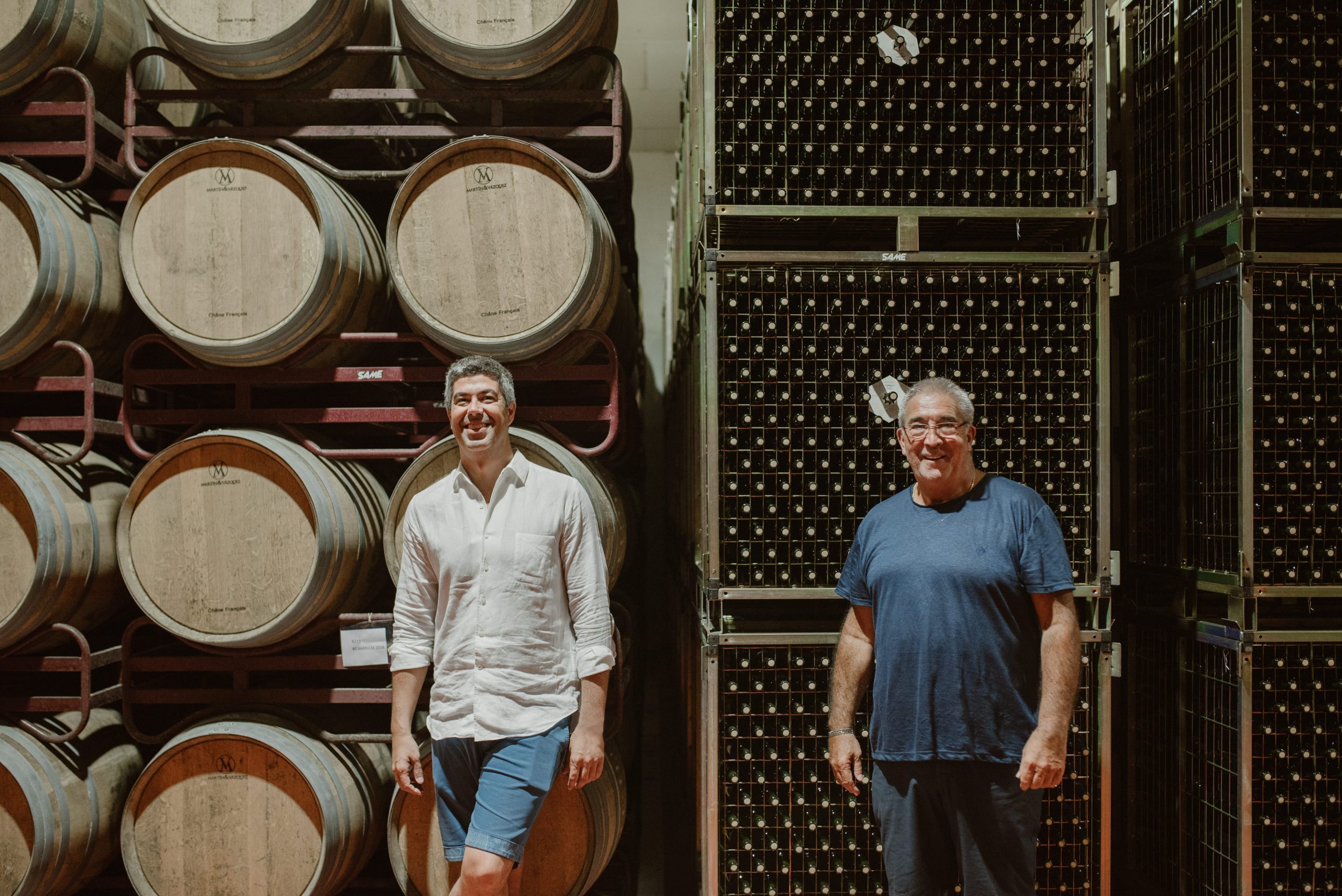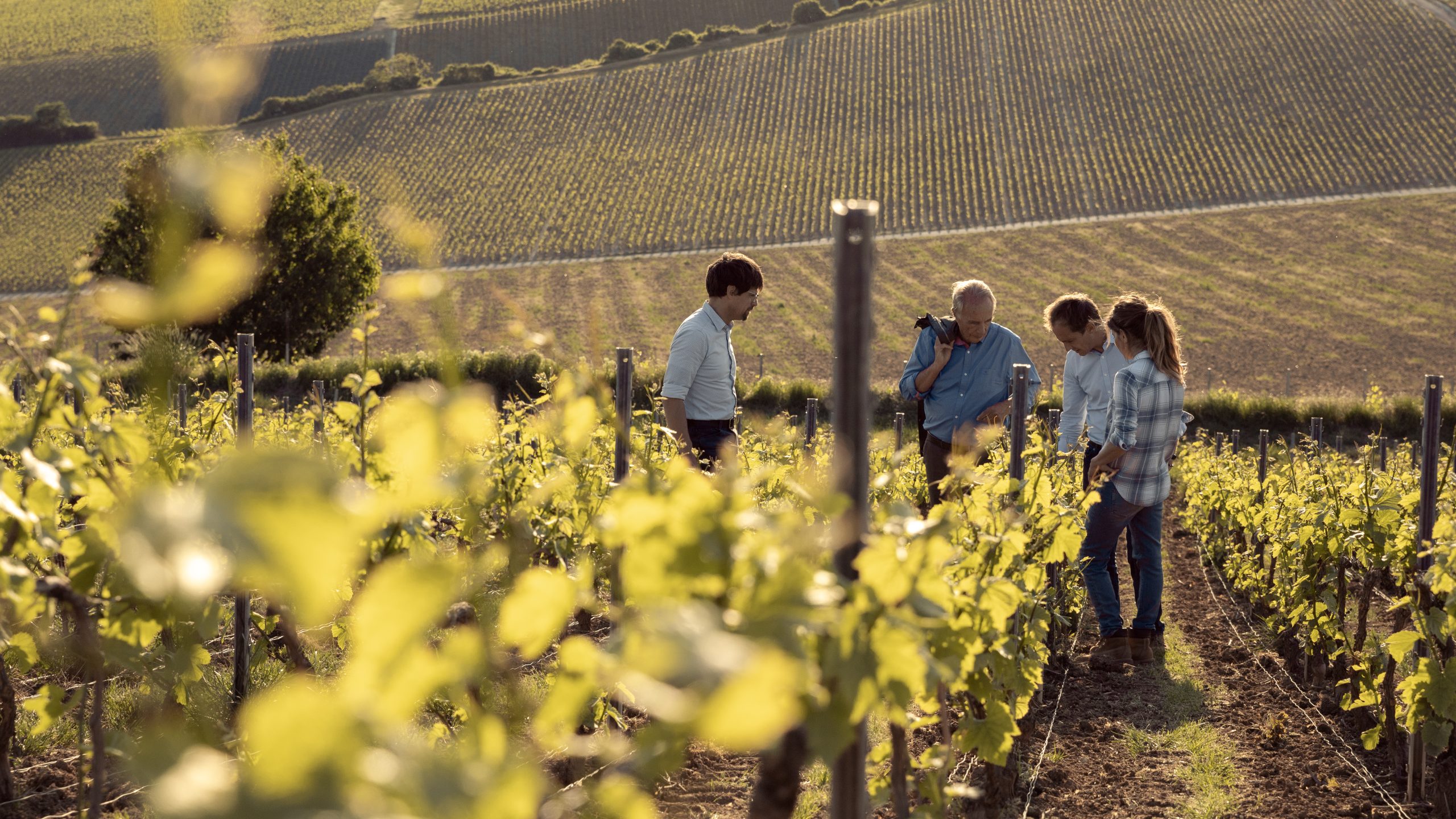Viu Manent: We want to be 100% Colchagua and find a home for our white wines
Chilean winery Viu Manent is seeking to focus its entire production in the Colchagua Valley and become a champion for the region’s diverse terroir as it establishes a home for its white wines in the cool coastal region of Colchagua.
The company was founded in 1935 as a negociant wine business, but purchased the Hacienda San Carlos de Cunaco and vineyards in the Colchagua Valley in the 1960’s and has since grown its estate to around 260 hectares across the Colchagua Valley, at San Carlos in Apalta, La Capilla and El Olivar. As well as producing estate-grown Malbec, Syrah, Carménère, Cabernet Sauvignon and Merlots, the winery produces Chardonnay, Sauvignon Blanc and Viognier, with around 10% of its white grapes coming from selected vineyards in the cooler coastal valley at Casablanca.
However, speaking to the drinks business last week chief winemaker Patricio Celedón said the plan was to source all its grapes from Colchagua in the near future, as part of a wider aim to show the region’s diversity of terroir.
“Colchagua is a unique valley in Chile as it starts in the Andes and runs to the Ocean, so it is very diverse in terms of soils,” Celedón explains.
“We started a new project 5 years ago in the coastal area of Colchagua in a new area called Litueche, 18km from the ocean in the northern limit of Colchagua, which we use for our Chardonnay and Reserva wines. And in the last couple of years we’ve been exploring other areas in the coastal area for Sauvignon Blanc and Pinot Noir which we believe have good potential there.”
The producer is currently trialling three different sites with three producers, who are based within 10km from Paredones, although each vineyard has a different aspect, one for example is in a small valley, so safe from the wind, another one is more exposed to the wind.
“When you compare with Casablanca, Colchagua coast gives more citrus notes, its fresher, more intense, Casablanca is sometimes warmer in terms of style and character. Paredones and the coastal range of Colchagua has more vibrancy, more life for Pinot Noir and I think the main note in the nose is citrus and the salinity, because of the ocean. And all the soils are granitic, so higher amount of iron, so they’re very fresh,” he said.
“We want to say we are 100% Colchagua”, Celedón explains, adding that is it is something that no one else is doing in Chile.
“Most Chilean wineries are doing the opposite, trying to get grapes from everywhere. But we are trying to concentrate on where the family has always been, and we want do communicate this.”
As Cristian Urzua T, export director Europe & Africa notes, although though the vines are very young – the Chardonnay was planted in 2010, the Sauvignon Blanc in Paredones in 2005 and the new producers in 2010-12 – they are already delivering compared to vines in Casablanca aged 20-30 years or more – but the lack of water in the Valley has held back expansion.
Improving understanding of the terroir
Partner Content
The team has been working to improve its wines. In the last two years, they have worked with northern American consultant Paul Hobbs to improve the management of the vineyard following a detailed study of terroir and mapping of the vineyards, and also trialling different ways of ageing different varieties.
“We’ve been increasing our use of foudres and concrete vats to increase expression of each vineyard. And for the last two years we’ve been doing trials with clay amphora’s to find the best vat for every variety,” Celadon explains. “We’ve moved in terms of style and the wines in my opinion have improved a lot.”
As part of the focus on terroir, the team is bringing out a new style Chilean Carménère in its single vineyard Loma Blanca range in January on the international market, following a successful domestic launch this year.
Celedón says the single vineyard Carménère – the fourth wine in the new single vineyard Loma Blanca range follows a new path in terms of the Chilean Carmenère style.
“It’s different to other Carménères as it’s more feminine in style, more floral in the nose, thinner than other Carmenères, based on the fruit,” he says.
He attributes this to the rocky, steep gradients in El Olivar, near the town of Peralillo, where the vines grow, on the hill called Loma Blanca, which is where the wine derives its name.
around 2,000 cases have been produced of the 2019 vintage, which will launch in January, but the team hope to double production to 4,000 cases over time.
According to Urzua domestic sales of Carmenère within Chile as well as exports, have been growing.
“Our biggest variety over the last year has been Carmenère – and we’re not the only ones,” he point outs. “We’ve seen it mainly in Latin America, Chile, some European countries and in China.”




